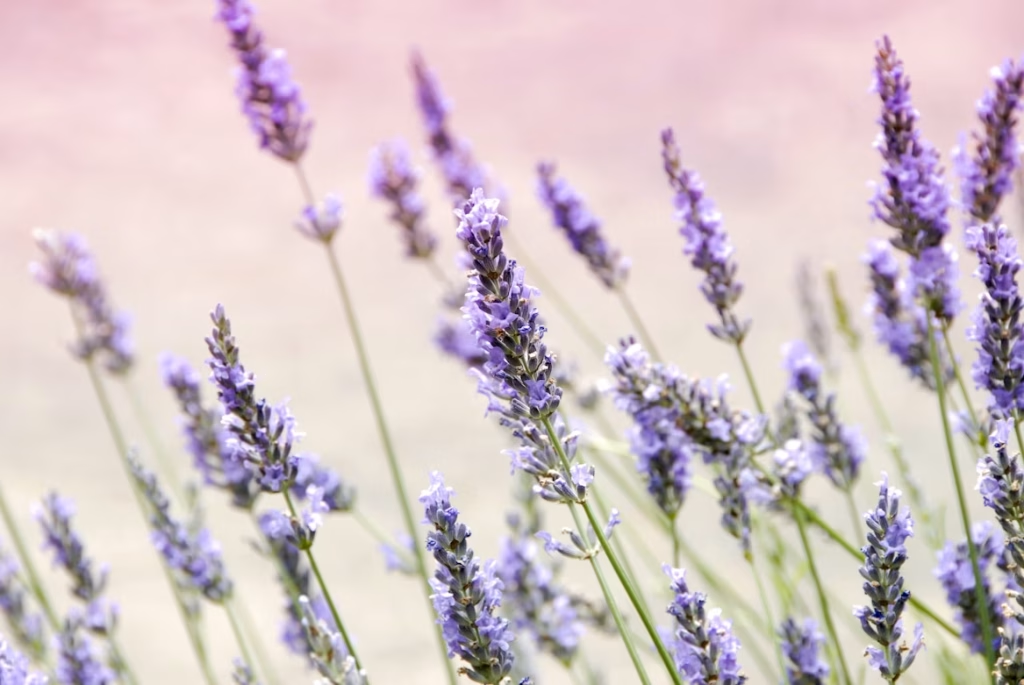Scent shapes memory. A room that smells like lavender or freesia can feel calmer, more deliberate — a small luxury that costs little but gives back a lot. If you’re thinking about bringing fragrance into your home with flowers, it helps to choose blooms that suit the space, the season and the people who live there. Below is a concise guide to the most fragrant flowers you can enjoy indoors, with quick tips on where to place them and how to care for their scent.
Top fragrant flowers for the home
- Jasmine
Potent and heady, jasmine is a night-time perfume; its scent often blooms strongest in the evening. Ideal for a balcony, bedroom or a window that catches evening breezes. - Gardenia
Creamy, rich and unmistakable. Gardenias are intimate — place them on bedside tables or near seating areas where people can lean in and breathe deeply. They prefer humidity and cool nights. - Lavender
Calm, herbal and familiar. Lavender is versatile: bunches for vases, dried stems in linen cupboards, or potted plants on sunny windowsills. It’s a go-to for bedrooms and bathrooms. - Freesia
Bright, citrusy and surprisingly long-lasting. Freesia lifts kitchen benches and dining tables with an energetic, clean fragrance that’s not overpowering. - Oriental Lilies
Dramatic and sweet, lilies perfume large rooms quickly. Use sparingly in communal areas or in tall vases where their scent can diffuse without overwhelming. - Hyacinth
Green and candy-like, hyacinths are the scent of spring. They’re best appreciated in small clusters in entryways or powder rooms, where their perfume can welcome guests. - Tuberose
Deep and voluptuous, tuberose is a statement scent — one stem can scent a whole living room. Use it for special evenings rather than everyday wear. - Stock (Matthiola)
Clove-like and nostalgic, stock releases a rounded fragrance over days. It’s excellent in mixed bouquets and small tabletop arrangements. - Sweet Pea
Soft and romantic, sweet peas smell like old perfume. They’re perfect in loose, informal bunches on console tables or on a mantel. - Old-fashioned fragrant roses
Many modern roses have been bred for looks rather than scent, but old garden varieties and certain English roses still carry deep, layered fragrances — tea, myrrh, musk. A few carefully chosen blooms go a long way.
Where to place fragrant flowers
- Bedrooms: lavender, jasmine and gardenia — scents that encourage rest.
- Kitchens: freesia and citrus-scented herbs (lemon verbena) feel fresh and clean.
- Living and dining rooms: lilies, tuberose and stock for special evenings; keep quantities moderate.
- Bathrooms and linen cupboards: dried lavender and small hyacinth clusters.
Care tips to keep the scent alive
- Re-cut stems at an angle and change water every 48 hours.
- Remove leaves below the water line to prevent bacterial growth.
- Keep flowers cool and out of direct sunlight. Heat makes scent evaporate faster and shortens vase life.
- For potted fragrant plants, deadhead spent blooms to encourage more flowering and scent.
Pet and sensitivity considerations
Strongly scented blooms can irritate people with asthma or scent sensitivities. Lilies are toxic to cats; if you have pets, choose safer options (lavender, certain orchids) and keep arrangements out of reach.
Final thoughts
Fragrant flowers are an easy way to make your home feel intentional and alive. The trick is to match the bloom to the room and to use fragrance with a light, considered hand. Want help picking the right stems for your space? B&M Florist can recommend seasonal, fragrant stems and create bouquets tailored to your home and household.



